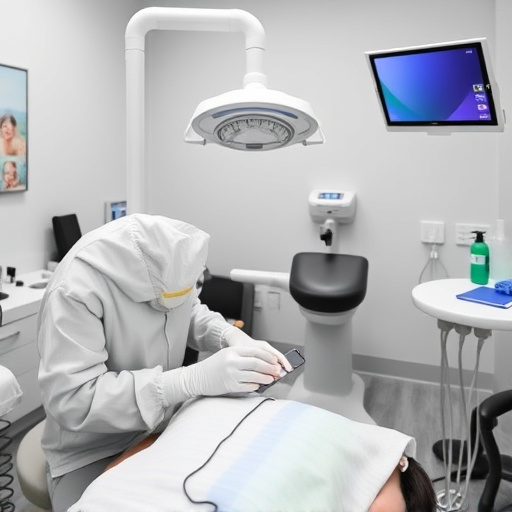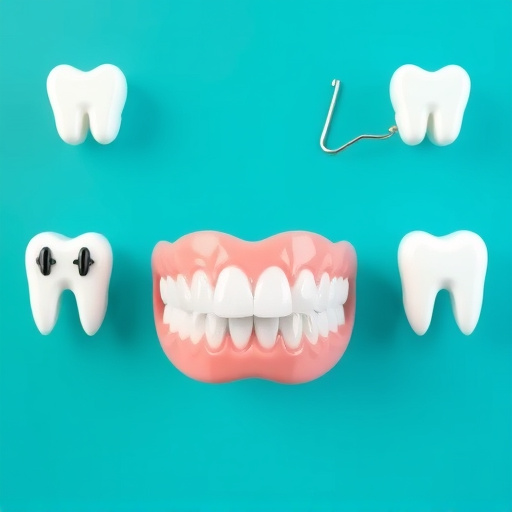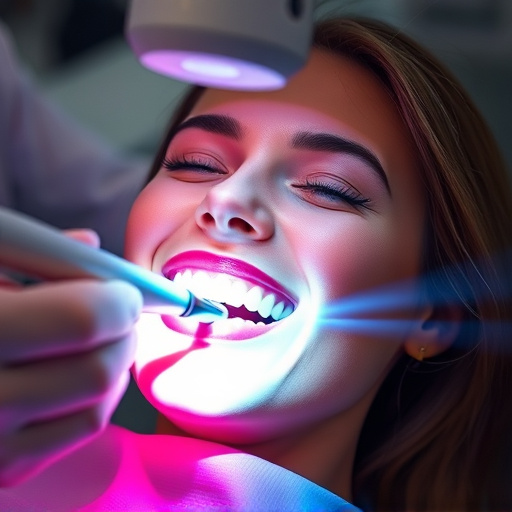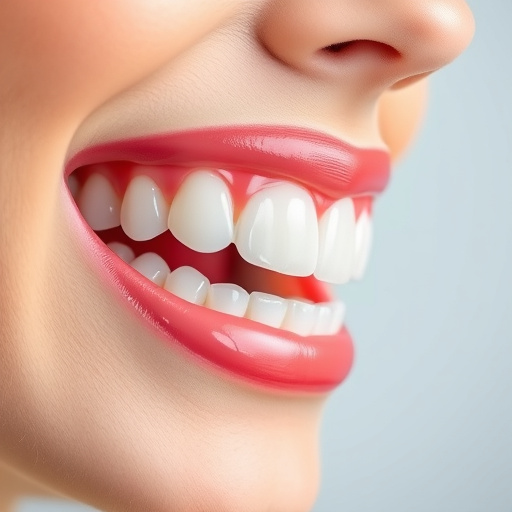Digital imaging technologies have drastically improved gum health evaluation by providing dentists with high-resolution, detailed insights into oral structures. Advanced tools like digital x-rays and 3D scanning enable early detection of periodontal disease and bone loss, enhancing assessment accuracy and efficiency. This shift allows for personalized treatment plans and facilitates communication between dentist and patient, ultimately leading to optimal gum health outcomes.
In the realm of dental care, gum health evaluation is a critical component of overall oral well-being. Digital imaging has revolutionized this process, offering advanced technologies for detailed gum analysis. This article explores how digital imaging supports gum health assessment, highlighting its benefits over traditional methods. We discuss key indicators and metrics, providing insights into specific parameters measured through digital tools. Furthermore, we delve into strategies for integrating digital imaging into dental practices, emphasizing the potential outcomes and advantages for improved gum disease management.
- The Role of Digital Imaging in Gum Health Assessment
- – Discussion on advanced imaging technologies used for detailed gum analysis
- – Benefits of digital imaging over traditional methods
The Role of Digital Imaging in Gum Health Assessment
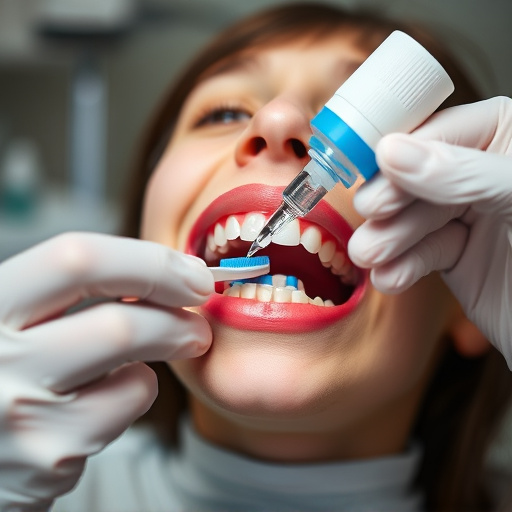
Digital imaging has transformed the way gum health is evaluated, offering a more comprehensive and detailed view of oral structures than traditional methods. By utilizing advanced technologies like x-rays and 3D scanning, dental professionals can now detect even the slightest anomalies in gum tissue, bone density, and overall oral health with remarkable precision. This shift towards digital imaging support has significantly enhanced the accuracy and efficiency of gum health assessments, enabling dentists to make informed decisions tailored to each patient’s unique needs.
In the realm of gum health evaluation, these advanced imaging tools play a pivotal role in identifying early signs of periodontal disease, bone loss, or other oral health issues. Unlike manual examinations, digital imaging provides visual evidence, making it easier for dentists to communicate potential problems and treatment options to patients. Moreover, it aids in tracking progress during and after procedures like dental bonding or even emergency tooth extractions, ensuring optimal gum health outcomes.
– Discussion on advanced imaging technologies used for detailed gum analysis
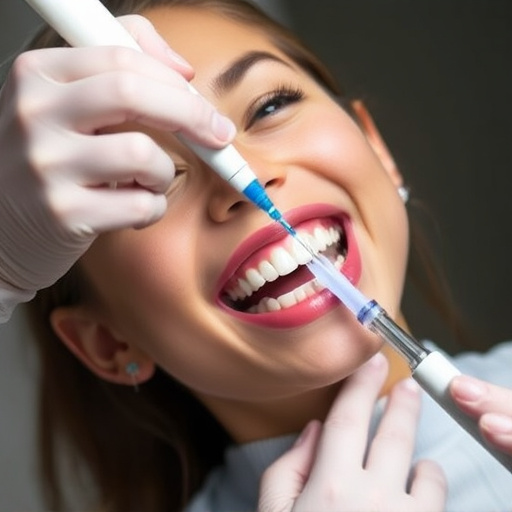
Advanced imaging technologies have revolutionized gum health evaluation, providing dental professionals with unprecedented detail for comprehensive assessment. Digital x-ray systems and 3D imaging techniques offer a clear view of dental structures, enabling dentists to detect even subtle signs of periodontal disease or bone loss. These advanced tools facilitate early identification of issues, which is crucial in preventive dentistry, ensuring timely interventions to maintain optimal gum health.
Additionally, these technologies assist in various procedures, including children’s dentistry, where detailed imaging aids in monitoring the growth and development of dental structures. Dental bonding, a common technique for restoring damaged teeth, also benefits from advanced imaging, allowing precise planning and accurate placement of bonds, enhancing overall treatment outcomes.
– Benefits of digital imaging over traditional methods
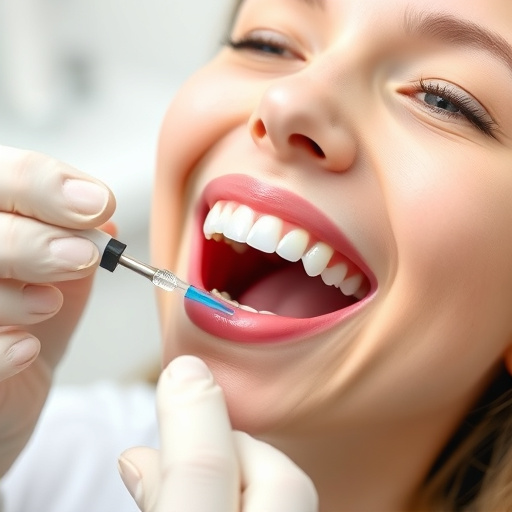
Digital imaging has revolutionized gum health evaluation, offering several advantages over traditional methods. It provides a more detailed and accurate visual representation of oral structures, allowing dental professionals to detect even the slightest signs of periodontal disease or bone loss. This level of precision enables early intervention, which is crucial in preventing extensive damage and costly procedures like tooth extractions.
By capturing high-resolution images, digital tools facilitate comprehensive assessments, enhancing the planning and execution of various dental procedures. Unlike manual examinations, digital imaging can capture hard-to-reach areas, ensuring no stone is left unturned during a gum health evaluation. Moreover, it aids in monitoring treatment progress, making it easier to track improvements or identify areas requiring additional teeth cleaning or dental fillings.
Digital imaging has revolutionized gum health evaluation by providing a detailed, non-invasive look at periodontal structures. Advanced technologies like 3D imaging and high-resolution photography allow for precise identification of gum issues, enhancing diagnostic accuracy. This method offers numerous advantages over traditional practices, including improved patient comfort, faster results, and the ability to track disease progression over time. By leveraging digital imaging support, dental professionals can now perform more comprehensive gum health evaluations, enabling better treatment planning and patient outcomes.









